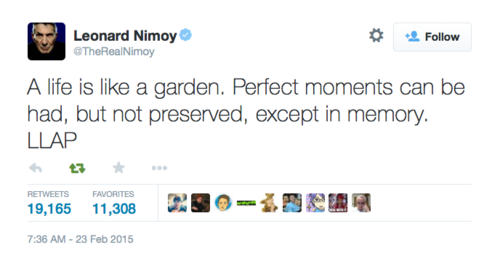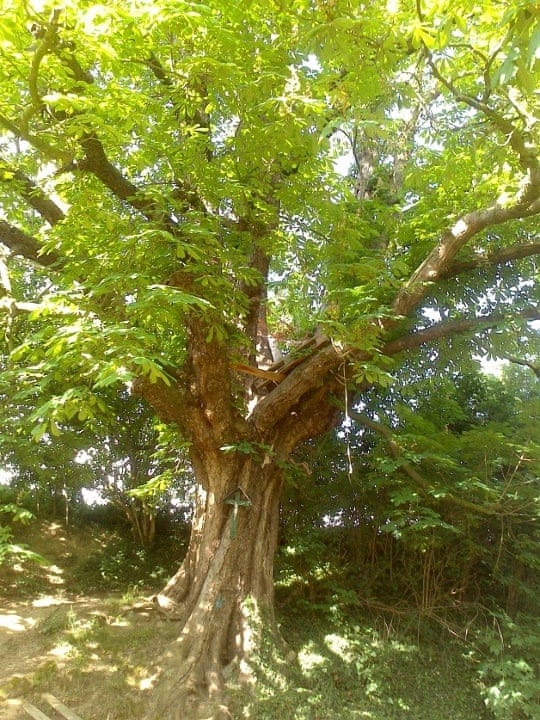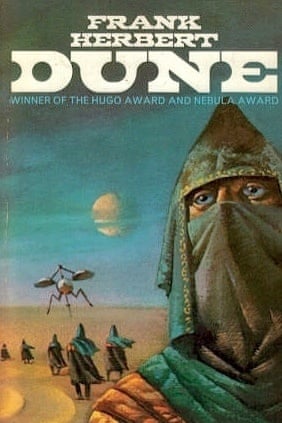The tides are changing:
Sea levels rising at faster rate than predicted
Global sea levels have risen faster than previously thought over the
past century, suggesting that climate change is having a
greater-than-expected impact on the rising oceans, a study has found.
A new way of estimating global sea levels since the start of the 20th
Century found that the period 1900-1990 experienced a 30 per cent
smaller rise than researchers had previously calculated.
Global sea levels have risen faster than previously thought over the
past century, suggesting that climate change is having a
greater-than-expected impact on the rising oceans, a study has found.
A new way of estimating global sea levels since the start of the 20th
Century found that the period 1900-1990 experienced a 30 per cent
smaller rise than researchers had previously calculated.
This would mean that since 1990 there has been a
greater-than-expected acceleration in annual sea levels, with the annual
rate of increase more than doubling compared to the preceding 90 years,
the scientists found.
Until the age of satellites, sea levels
were calculated mostly from readings of tide gauges unevenly dotted
around the coastlines of the world.
However, this non-random
distribution introduced an element of bias that overestimated sea level
rise up to 1990, the researchers said. Previous estimates suggested that the global mean sea-level rise over the 20th Century was between 1.5 and 1.8mms a year.
However the new estimate, based on a revised statistical analysis of
the data, suggests the annual rate was about 1.2mm between 1900 and 1990
and about 3mm per year since 1990.
“What this [study] shows is
that sea-level acceleration over the past century has been greater than
had been estimated by others. It’s a larger problem than we initially
thought,” said Eric Morrow of Harvard University.
Previously, researchers gathered tide gauge records from around the
world, averaged them together for different regions and then averaged
those rates together again to create a global estimate, Dr Morrow said.
“But these simple averages aren’t representative of a true global
mean value. Tide gauges are located along coasts, therefore large areas
of the ocean aren’t being included in these estimates and the records
that do exist commonly have large gaps,” he said.
“Part of the
problem is the sparsity of these records, even along the coastlines. It
wasn’t until the 1950s that there began to be more global coverage of
these observations, and earlier estimates of global mean sea-level
change across the 20th Century were biased by that sparsity,” he
explained.
Sea levels are rising through a combination of the thermal expansion
of warmer seawater, the melting of glaciers and ice sheets and the
faster run-off of freshwater from the land due to human irrigation
projects.
The last report of the Intergovernmental Panel on
Climate Change (IPCC) estimated that the average global rise in sea
levels could be between 52cm and 98cm by 2100 for high CO2 emissions and
between 28cm and 61cm for lower emissions.
This would mean that
even if the world commits to lower greenhouse gas emissions under a new
climate treaty, many coastal areas will still be seriously threatened by
a sea-level rise of about half a metre by the end of this century – and
further inevitable rises in subsequent centuries.
“We are looking at all the available sea-level records and trying to
say the Greenland has been melting at this rate, the Arctic at this
rate, the Antarctic as this rate and so on,” said Carling Hay of Harvard
University, the lead author of the study.
“We expected that we
would estimate the individual contributions, and that their sum would
get us back to the 1.5mm to 1.8mm per year that other people had
predicted,” Dr Hay said.
“But the math doesn’t work that way.
Unfortunately, our new lower rate of sea-level rise prior to 1990 means
that the sea-level acceleration that resulted in higher rates over the
last 20 years is really much larger than anyone thought,” she said.
The Independent, Steve Connor: Wednesday 14 January 2015























